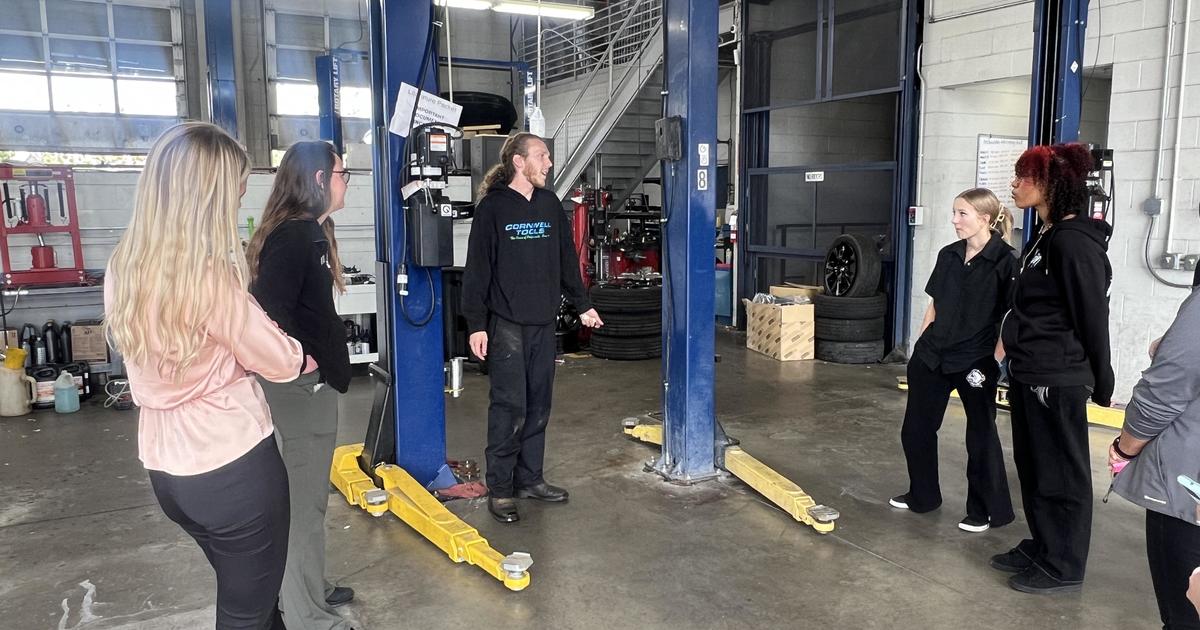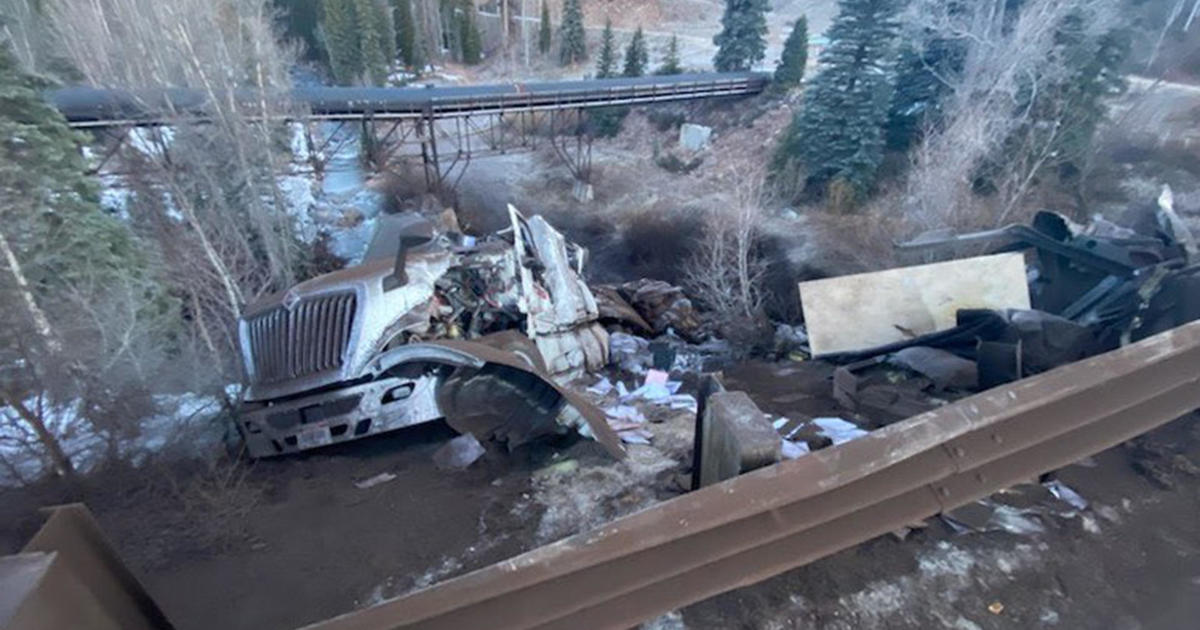Colorado Ski Masters Talk Of The Thrill Moguls Can Bring
FRISCO, Colo. (AP) - To many, skiing moguls is akin to a trip to the dentist or a bout with an insurance salesman -- they'd really rather not do it.
But for Bob Barnes, ski school director at Winter Park; Freddy Mooney, Winter Park's head freestyle coach; Stephen Karp, or "Karpy," the Copper Mountain Bump Busters founder and head coach; and a host of recreational skiers aiming to up their on-hill game, bumps are the pinnacle of skiing achievement.
"Moguls, to me, are kind of the apex of skiing difficulty for the recreational skier," Mooney said. "They're the top of the skiing pyramid."
He added that it takes years of practice to be able to negotiate the aspects and obstacles moguls present on a rapid-fire basis -- and when it clicks, skiers are excited.
"It's really exhilarating feeling myself come into rhythm with the moguls," said Denis Galindo, a Houston internist who's been attending Barnes' "Bob's Mogul Camp" at Winter Park off and on for 10 years. Galindo said he's getting older, but he's learning how to continue enjoying the bumps and "ski like an old man," which means safe, centered, balanced and in control.
"Trying to follow that has made it a lot more fun for me," he said.
Kelley Bloom, from Denver, is among the younger, go-getter crowd who rails his joints crashing into the moguls. Barnes convinced him to slow down to work on his technique, and Bloom said he's feeling the progress. Though the "click" comes and goes, he sees nailing a top-to-bottom bump run as "the pinnacle of skiing."
"It doesn't come naturally," he said.
But the challenge is what's fun, Bloom's comrade, Jeff Grothe, said.
"You'll never be able to say you did it perfect," he said. "You can keep skiing moguls and keep getting better and better and see improvement."
Barnes said there are two main criticisms of moguls: that everybody turns in the same place and that it's abusive to the body and its joints.
"But those are usually the people who lack competency to ski them and to enjoy the moguls. So it might be a way of making excuses for not going there," Barnes said.
Barnes' philosophy in his three-day camp is to teach skiers how to hit the bumps with higher performance, greater ease and more fun -- and to translate excellence in the mogul fields to excellence in all-mountain skiing.
"When you get to a place where you can use the terrain, the snow conditions, and your equipment and your skeletal system versus your muscles -- wow, that's fun," he said.
At Copper, Karpy said the people who like to ski moguls have the philosophy that, "If I can ski moguls, the rest of the mountain is butter." He added that trees, chutes, powder, steeps -- all-mountain terrain except racing -- has the same stance, turns, upper body and core balance.
"It's tools for your toolbox," Karpy said about the two-day Bump Busters camps.
Barnes has 16 pairs of skis for different days and different purposes. Like a great set of golf clubs, having that type of equipment requires knowing how to use them -- practicing proficient technique in the most challenging terrain increases mountain mobility and the ability to challenge individual paradigms and realities.
"When you do get it, you nail a dozen or 14 turns in a row, you're able to stay centered -- and it doesn't happen a lot of times -- it's a very good feeling -- a feeling of accomplishment," said camper Nick Palazzetti, from Pittsburgh. "If you can master that, you can certainly handle anything else you're going to face on the slopes."
Barnes asked his mogul campers to put a 6-inch cardboard plate in their mouths before they took off down the slope.
Everyone did it -- bewildered looks aside -- and found they were forced to look forward, past the tips of their skis.
"What is it about seeing your ski tips that makes you screw up?" Galindo asked. "Seeing your ski tips makes you want to stop."
Which is exactly what Barnes wanted his campers to realize -- once you start sliding downhill, don't try to fight it. Trying to stop is counterproductive to what you're trying to accomplish.
But before Barnes introduces his crew to the plate technique, he works on their stance.
One of the keys to skiing proficiently is maintaining a centered stance -- which feels forward to most skiers. And mogul fields challenge that stance, because the terrain is constantly changing. Sitting back, though, is a no-no in bump skiing.
"The further back you are, the more skis will control you," Barnes said.
"The moguls are always trying to throw you off balance," Palazzetti said. "It requires constant recentering, finding your balance, moving down the hill when you want to move across, you have to conquer the fear of falling. There's a lot going on in mogul skiing that isn't happening in softer, or easier, terrain."
The correct stance allows a skier to move with his or her gear and to use the skeletal system as support rather than the muscles, which can fatigue.
Karpy's motto is to "flow like water around things instead of crashing into everything."
"Finesse is using the terrain, the snow, your skis and your skeletal system. It doesn't have to be hard. You can go 500 feet just doing that," Barnes said.
These are just the basics. Barnes and Karpy teach many more general and customized techniques to bring their campers to a higher level of mogul performance.
"If you have solid technique -- stance, balance, mechanics -- and the associated feelings and sensations of that world -- easy, fun, light -- and you go to steep terrain and do everything the same and feel the same, then where you are matters not. It's only in your mind," Barnes said. "If you live in a place of consistently high performance ... you're less concerned with where you are."
- By Janice Kurbjun, Summit Daily News
(Copyright 2011 by The Associated Press. All Rights Reserved.)



